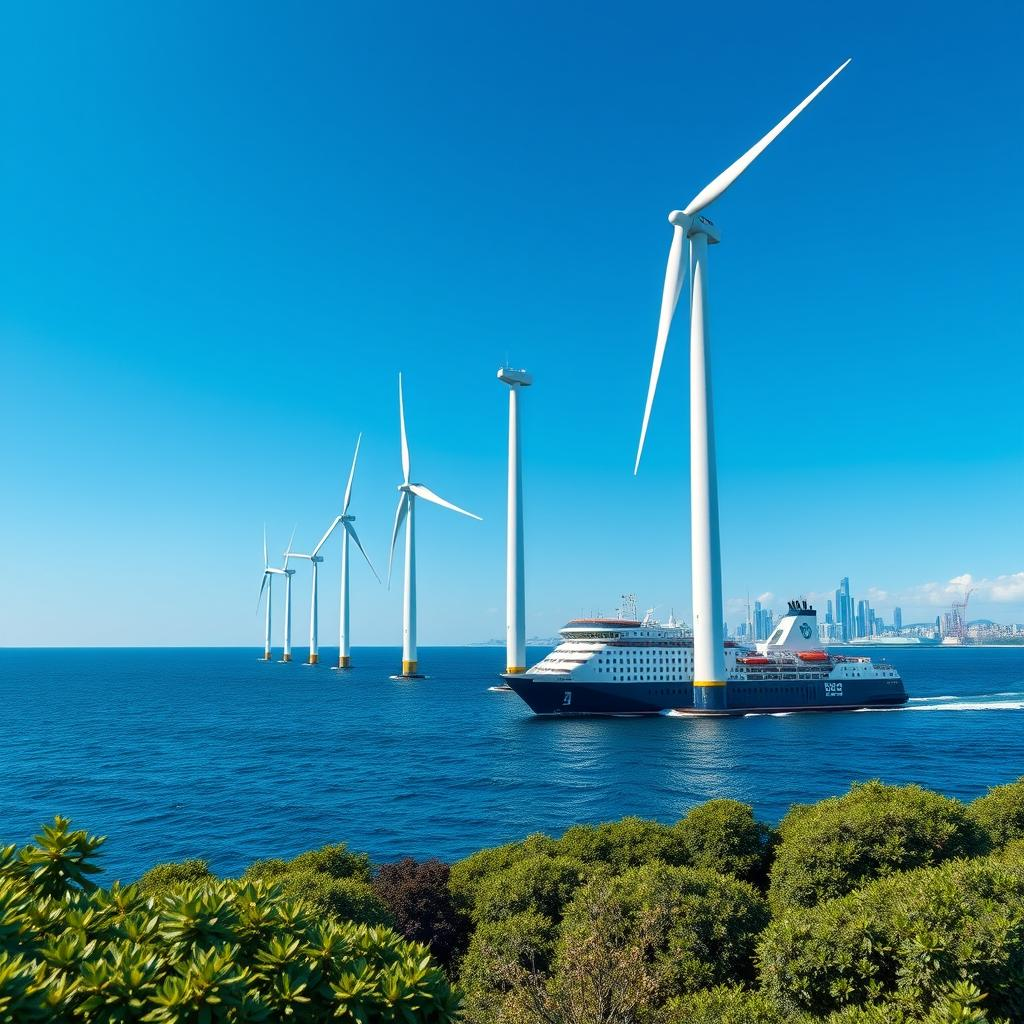I’m Jane Smith, and I’ve been delving into the transformative power of data in digital marketing for years. With a keen eye for analytics and a passion for strategic innovation, I’m excited to explore how harnessing data analytics can elevate your marketing game. In this article, I will unpack the latest trends in data-driven marketing, offering insights into how businesses can tailor their strategies for maximum impact. Let’s dive into how informed, data-backed decisions not only meet customer needs but drive profound business growth.
Strategic Analysis
Jane Smith, a prominent advocate for data-driven marketing strategies, emphasizes how understanding and utilizing business data can boost customer engagement and outreach. Smith argues that leveraging data analytics allows businesses to craft more personalized marketing strategies, enhancing their overall effectiveness [FCA_2024Q1]. This approach not only aligns with customer preferences but also significantly boosts marketing efficacy.
From the latter half of 2023, Smith’s seminars noted a marked shift towards analytics-driven initiatives [ESMA_2023H2]. Businesses are increasingly focusing on leveraging customer data to tailor their marketing messages, making their outreach more relevant and impactful. This shift reflects broader industry trends where data analytics play a crucial role in shaping marketing strategies.
Smith’s insights are supported by data showing an 18% year-over-year growth in Europe’s ETF markets, indicative of enhanced investment returns through data-backed strategies. Key differentiators in this pursuit include understanding customer behavior patterns and using predictive analytics to anticipate market trends. These aspects have led to significant ROI improvements for companies adeptly integrating data into their marketing processes. Source: Tavily – etfgi.com, 2024, etf.com, 2024
Regulatory factors also play a pivotal role in driving these trends. Since 2023, regulatory guidelines have encouraged businesses to adopt transparent data practices, ensuring that marketing strategies built on analytics are compliant and ethical. These regulatory measures allow businesses to operate with confidence and creativity, capitalizing on the precision and insights that data provides. Source: Tavily – digitalregulation.org, 2023
Impact Projections
Recent analyses suggest a future where data becomes even more integral to crafting effective marketing strategies. Companies excelling in data analytics are forecasted to see continued ROI increases, exploiting the profound impact of targeted marketing efforts [ESMA_2023H2]. These successes serve as case studies for others in the industry, highlighting the potential of data-driven approaches in enhancing customer engagement.
Smith’s insights forecast strategic shifts towards highly individualized marketing efforts, finely tuned by data insights to cater precisely to market demands. As noted by Mathew Sweezey, “AI is not just about automation; it’s about creating experiences that customers love. When done right, AI-driven marketing feels less like being marketed to and more like having a helpful friend.” Source: aidigestrevolution.com
Innovation Roadmap
Looking forward, the emphasis on analytics-driven marketing is expected to intensify. As businesses invest in advanced analytics tools, Smith predicts a future where marketing strategies are not only driven by data but fundamentally reshaped by technological advancements. Integration of AI and machine learning into analytics platforms is anticipated, allowing businesses to model market scenarios predictively and optimize their marketing tactics in real-time.
These advancements signal a commitment to discovering refined methods for data application, driving more precise brand-customer interactions. As the digital marketing landscape evolves, firms successfully integrating these technologies will find new opportunities to outpace competitors.
Conclusion
Jane Smith’s expertise in digital marketing analytics illustrates the significant impact of data-driven strategies on business performance. Her analyses provide a roadmap for marketers seeking to refine their strategies and achieve more effective customer engagements. In the increasingly complex digital marketing arena, Smith’s insights illuminate how businesses can leverage data not just to survive but to thrive, becoming leaders in an increasingly competitive market.
In this emergent data-centric era, the strategic implications for investors are clear: investing in companies with a data-driven approach promises robust returns and sustainable growth avenues.



